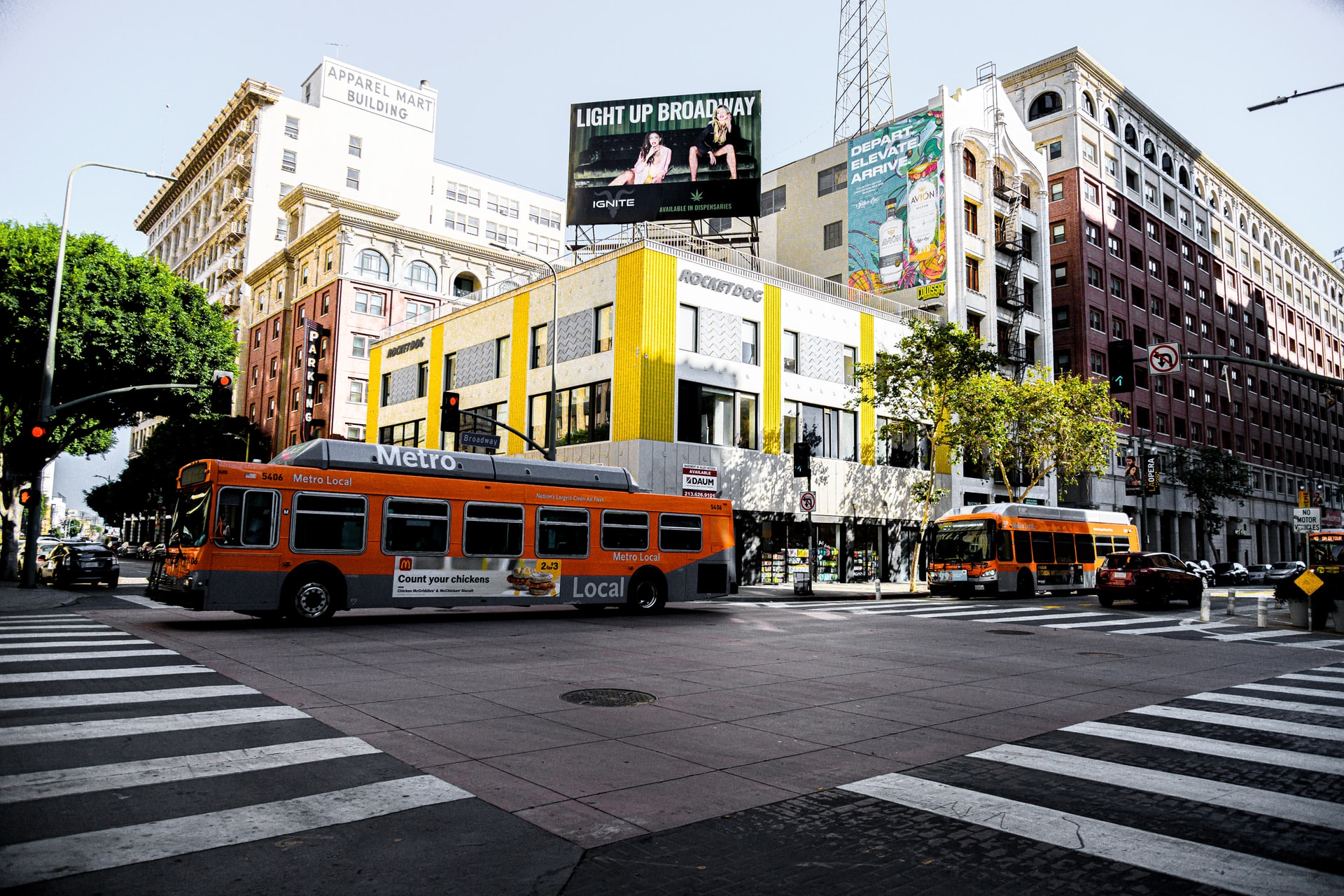Fleet Utilization & How to Improve It!
Policymakers, city officials, and fleet managers – perhaps like yourself – who are looking to improve the lives of their constituents/citizens routinely acknowledge that public transportation is always high up on the list of “Needs Improvement.”
One way to improve the vital sectors of public transportation is with the help of a lesser-known concept referred to as fleet utilization.
Inefficient transit vehicles send the wrong message and can swallow up city transportation budgets fast between fleet maintenance, operators, downtime, and energy expenses. Proper utilization of a cities fleet has many positives and we will outline the following in today’s article:
- What is fleet utilization
- Which fleet utilization metrics matter the most
- How to utilize technology and get results
First, what is fleet utilization?
The simple answer is straightforward – fleet utilization is the performance metrics and utilization of a fleet such as trucking or public bussing.
Another way of looking at fleet utilization: Does your fleet’s capacity meet the demand and what percentage of downtime do you experience?
Fleet management can be a burdensome and tedious job as the field requires an element of planning and dealing with a state of constant flux (wrecks, traffic, back-ups, etc.) However, by measuring key metrics and utilizing technology, you can increase the efficiency of a fleet to avoid considerable downtime and save big on transportation budgets.
Per operating hour costs is one metric to consider, however, we have gathered the best metrics below that can help with your fleet’s utilization.
Fleet Utilization Metrics to Consider:
Fleet metrics measure the efficiency of your operation ranging from maintenance downtime to assets, speeding, environmental efficiency, and costs. Knowing which metrics to take into account and implementing strategic change is equally as vital.
Below are the metrics to measure to optimize your operations.
1. Optimal Utilization of Fleet
How many vehicles do you need for your fleet?
Optimal utilization of a fleet starts with the available data regarding demand, followed by meeting that with the appropriate capacity of vehicles. Simply answering this question can help gear any transportation study you conduct or any policies you create.
Optimal utilization may vary from reducing the number of vehicles and simply becoming more efficient or in some cases, adding new vehicles to the road if demand is higher.
For instance, a small city of 50,000 citizens may require a specific number of buses, and optimal utilization could simply mean adjusting routes and taking advantage of transit technology to become more efficient with the existing fleet.
Additionally, mitigating downtime with proper maintenance plans and transit routes can assist fleet operators and vehicle utilization.
2. Energy & Environmental Impact
While many articles regarding the topic of fleet utilization touch on profitability and costs, an emerging topic that will continue to gain traction is the environmental impact of transportation.
Areas, where fleets can utilize energy efficiency, include:
- Adjusting routes
- Reducing the number of transit vehicles by utilizing fleets appropriately
- Phasing out older vehicles for newer electric models
- Reviewing hours of service
- Managing fleet operators
- Identify other areas of improvement
From reducing hard acceleration to purchasing new energy-efficient vehicles for fleets, not only does environmental consideration help with saving money, it helps with long-term climate initiatives as well.
3. Cost Efficiency
An efficient fleet is a cost-saving fleet. For instance, fuel costs can often account for 25% or more of a fleet’s operational costs.
That simple fact can be enough for your city or management team to utilize fleet efficiency techniques. While tactics and approaches may vary, here are common ways to improve a fleet’s cost efficiency include:
- Targeting per operating hour costs & per passenger costs
- Analyzing fuel costs & energy efficiency data
- Maintenance downtime
- Acquisition of new vehicles (strategic acquisition annually)
- Proper transit monitoring and route management
Technological Solutions to Fleet & Transit Utilization:
Identifying the key metrics to proper fleet utilization is a great start. Fleet managers have a tough enough job coordinating routes and putting out fires as it is, therefore identifying areas to better utilize usually means imploring some form(s) of transit technology.
An example would be LYT.transit which uses cloud-based technology to help deliver passengers to their final destination faster, safer, and more efficiently.
Leveraging LYT.transit and the LYT cloud platform can help transit vehicles through congested intersections faster and more efficiently, linking Traffic Management Centers (TMC) and transit vehicles.
Benefits to artificial intelligence like LYT.transit includes:
- Saying goodbye to infrared and strobe lights
- Combining routing information, traffic conditions, vehicle location, schedule adherence, and other criteria to keep transit vehicles moving on time.
- Future-proofing your intersections with every included feature release and software update.
Fleet Performance & Fleet Management Results:
You can not account for all possible scenarios and other variables such a driver behavior, but mitigating downtime and tracking the right fleet metrics leads to results.
By leveraging LYT.transit technology, prioritizes the use of fleet and transit vehicles and per operating hour costs significantly drop. For example, LYT.transit shortened travel times by 20% for the Valley Transit Authority’s Route 77 in San Jose, California (you can get a copy of our two-page summary here).
A 20% savings in time has significant per hour operating costs and increased productivity.
For more information about LYT’s solution for transit fleets, visit LYT.transit’s information page.




1 Comment